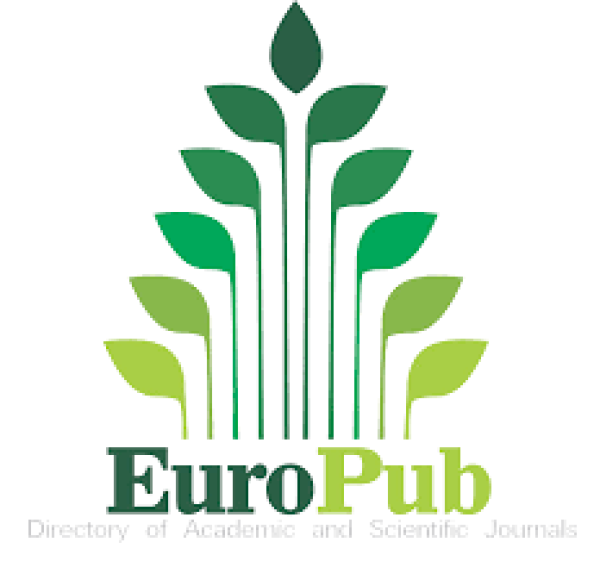Outscaling of Rice-Based Farming System (Rice + Duck) in Claveria, Cagayan
DOI:
https://doi.org/10.65141/jeraff.v4i1.n4Keywords:
Integrated Rice Duck Farming, Muscovy Duck, Cagayan Valley Duck Delights, rice-based farming system, rice monocroppingAbstract
The threat of the COVID-19 pandemic and the impact of climate change necessitate outscaling relevant matured technology like a rice-duck farming system that would directly complement and sustain the Department of Agriculture’s initiatives in food security. Hence, a study was conducted at the Municipality of Claveria, in Barangay Union and Mabnang. Two demonstration plots of rice+ducks with a total area of 1,000 m2 were established in both barangays. Ducks controlled weeds and golden apple snails at the same time improved the structure of the soil. From the targeted 100 farmers capacitated, the project exceeded by 35% due to the interest of the community to participate in the riceduck technology. The project launched three Cagayan Valley Duck Delights recipes which opened as business opportunities to farmers and
were transferred to Union and Mabnang Duck Raisers Association and two restaurants from Abulug and Claveria, Cagayan. The result of the project signifies the efficiency of integrating ducks in the irrigated rice ecosystem which is comparable to the yield of rice alone. The study built community awareness that Muscovy ducks are beneficial in rice farming and, likewise, created business opportunities; hence, the project was expanded to four barangays in Claveria, Cagayan with the full support of the Mayor in LGU-Claveria to adopt the introduced technology.
References
Carandang, S. (2013). Rice and ducks go together in solving hunger. Rappler. https://www.rappler.com/moveph/rice-duck-movement-philippines-hunger
Food and Agriculture Organization of the United Nations. (2013, January). Rice and duck farming as means for contributing to climate change adaptation and mitigation in the Bicol region, Philippines (FAO TECA CA3019EN). http://www.fao.org/3/CA3019EN/ca3019en.pdf
Guerrero III, R. (2018, October 22). Rice-duck farming is profitable and good for the environment. Agriculture.com.ph. https://www.agriculture.com.ph/2018/10/22/rice-duck-farming-is-profitable-and-good-for-the-environment/
Hossain, S. T., Sugimoto, H., Ahmed, G. J. U., & Islam, M. R. (2005). Effect of integrated rice-duck farming on rice yield, farm productivity, and rice-provisioning ability of farmers. Asian Journal of Agriculture and Development, 2(1 & 2), 79-86. Southeast Asian Regional Center for Graduate Study and Research in Agriculture (SEARCA).
Japan Information Network. (2002, October 22). Farming rice with ducks: Organic growing method spreads across Asia. Web-Japan Trends. http://web-japan.org/trends01/article/021022sci_r.html
Kumar, G. (2012, July 4). Duck-farming technology proven to boost rice production. The Scoop.it Page.
Raising ducks to boost organic rice production. (2012). ICCO Cooperation Project Summary.
The ICCO HomePage. (n.d.). Ducks help rice farmers in the Philippines. ICCO International.
WEM-RIC. (2013). Integrated rice-duck farming and value chain. Women Empowerment Movement – Rural Improvement Club. https://www.equatorinitiative.org/2017/08/08/integrated-rice-duck-farming-and-value-chain/










